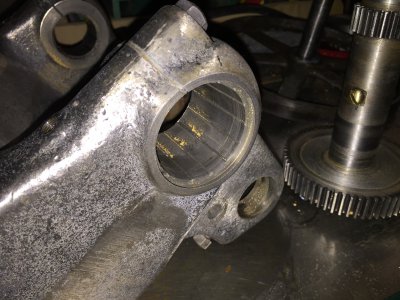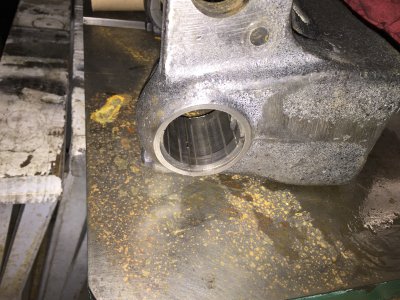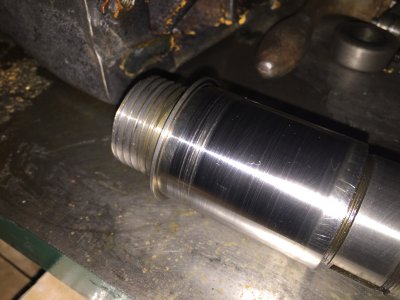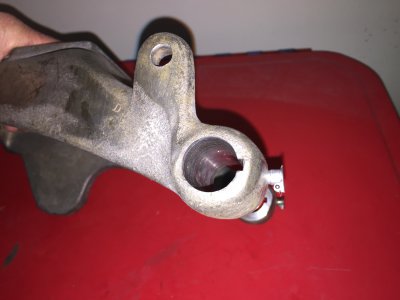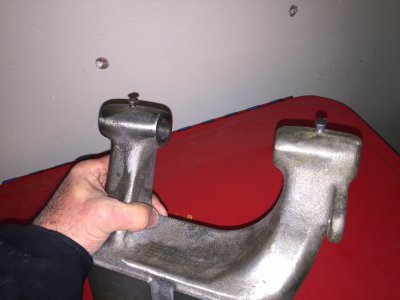- Joined
- Dec 25, 2011
- Messages
- 599
Tony, If you get a HF one HP motor you will probably have to do some mods to the electrical connection box to get some clearance for the drive belt. At least I did on my 9A.
I bought one while I was repairing my old 1/4 HP GE motor and had to re-route some of the electrical to clear the flat belt. The old GE is back on and chugging along, hopefully for a while longer. It is a lot quieter and smoother than the HF motor.
I bought one while I was repairing my old 1/4 HP GE motor and had to re-route some of the electrical to clear the flat belt. The old GE is back on and chugging along, hopefully for a while longer. It is a lot quieter and smoother than the HF motor.

